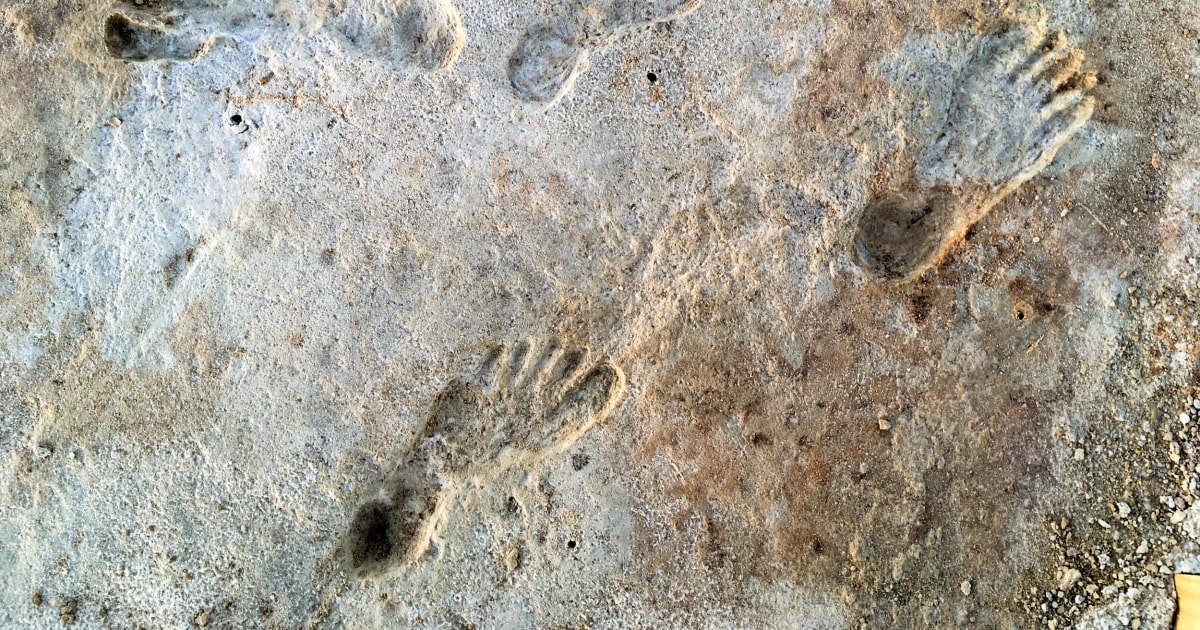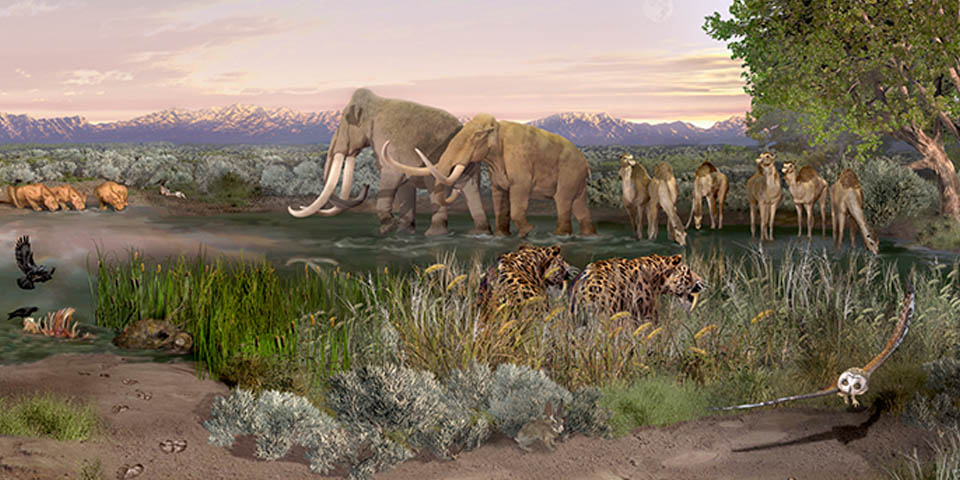Announcement
Collapse
No announcement yet.
Fossil footprints show humans in North America more than 21,000 years ago
Collapse
X
-
Gregsz , you see I posted this from another source 1 min after you did!? ….We just too cool…..
I’ll take it down if you think should—— you are Moderator! But maybe articles have tiny differences. When writing paper, I read everything from every source can find….Digging in GA, ‘bout a mile from the Savannah River
- Likes 3
-
I am posting the important supplementary material to the paper in Science, in both Cecilia’s and Greg’s thread. Lots of diagrams of the footprints….
https://www.science.org/action/downl...abg7586_SM.pdfRhode Island
- Likes 3
Comment
-
If the dating is solid, this is massive news. Off to read the science.org paper. Very exciting.California
- Likes 3
Comment
-
I read everything I could find on this yesterday. Many people have long understood that people existed in Americas long before Clovis. The way I understand this, there were many layers representing at least 2000 years of occupation. It sounds like the dating is pretty good.
It's a shame that some really good folks had their reputations destroyed when they discovered and reported civilization older than Clovis. We should have been very aware 30 years ago but the info was suppressed by the elite.
- Likes 4
Comment
-
A new study questions the actual age of these footprints….
https://news.artnet.com/art-world/ol...at-old-2212969
—————————————————————-
https://www.cambridge.org/core/journ...3711CD63C126F6
Abstract
The ancient human footprints in valley-bottom sediments in Tularosa Valley, New Mexico, are fascinating and potentially important because they suggest interactions between Pleistocene megafauna as well as great antiquity. The dating of those footprints is crucial in interpretations of when humans first came to North America from Asia, but the ages have larger uncertainties than has been reported. Some of that uncertainty is related to the possibility of a radiocarbon reservoir in the water in which the dated propagules of Ruppia cirrhosa grew. As a test of that possibility, Ruppia specimens collected in 1947 from nearby Malpais Spring returned a radiocarbon age of ca. 7400 cal yr BP. We think it would be appropriate to devise and implement independent means for dating the footprints, thus lowering the uncertainty in the proposed age of the footprints and leading to a better understanding of when humans first arrived in the Americas.
Last edited by CMD; 12-01-2022, 09:30 AM.Rhode Island
- Likes 3
Comment



Comment